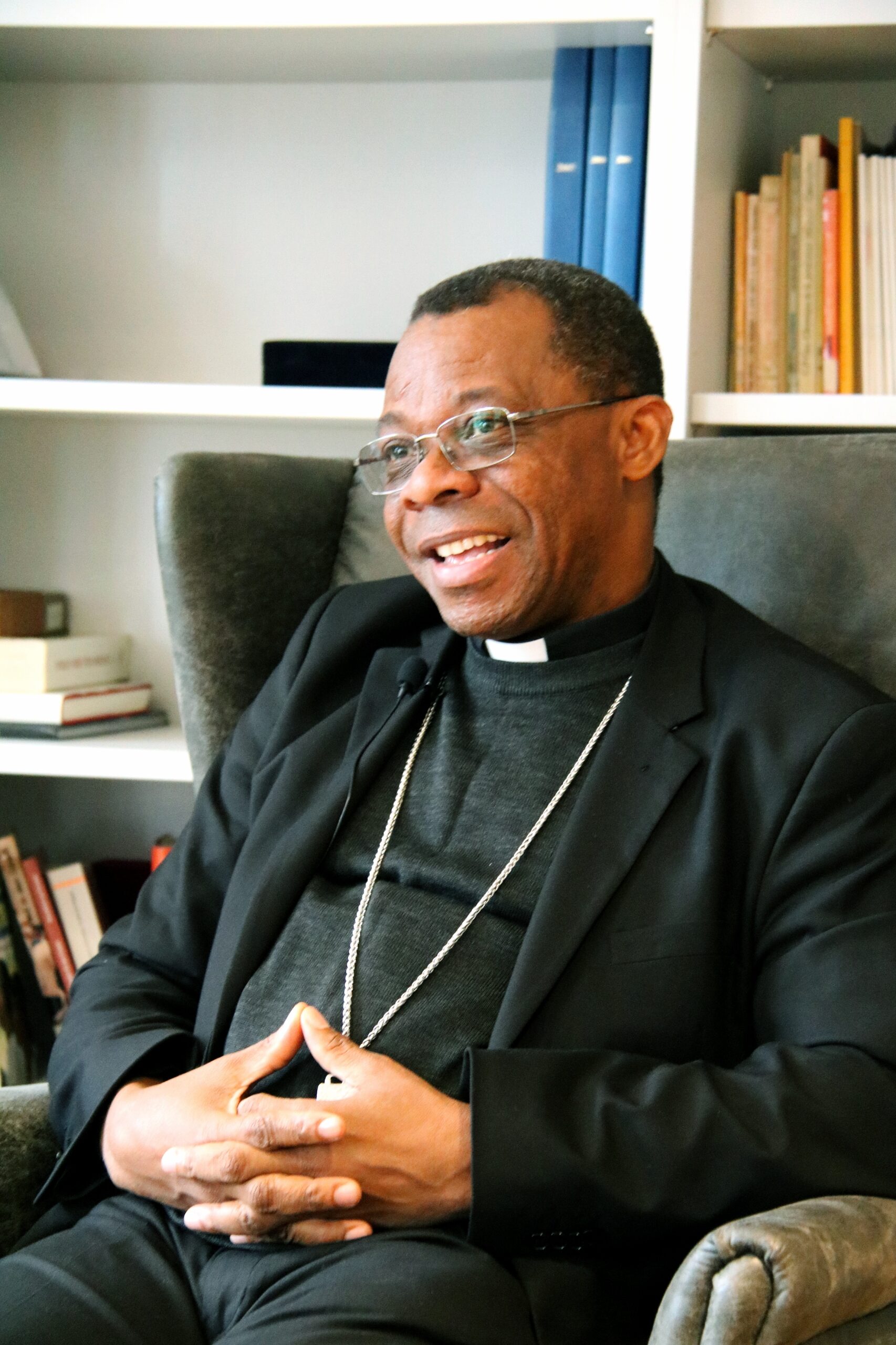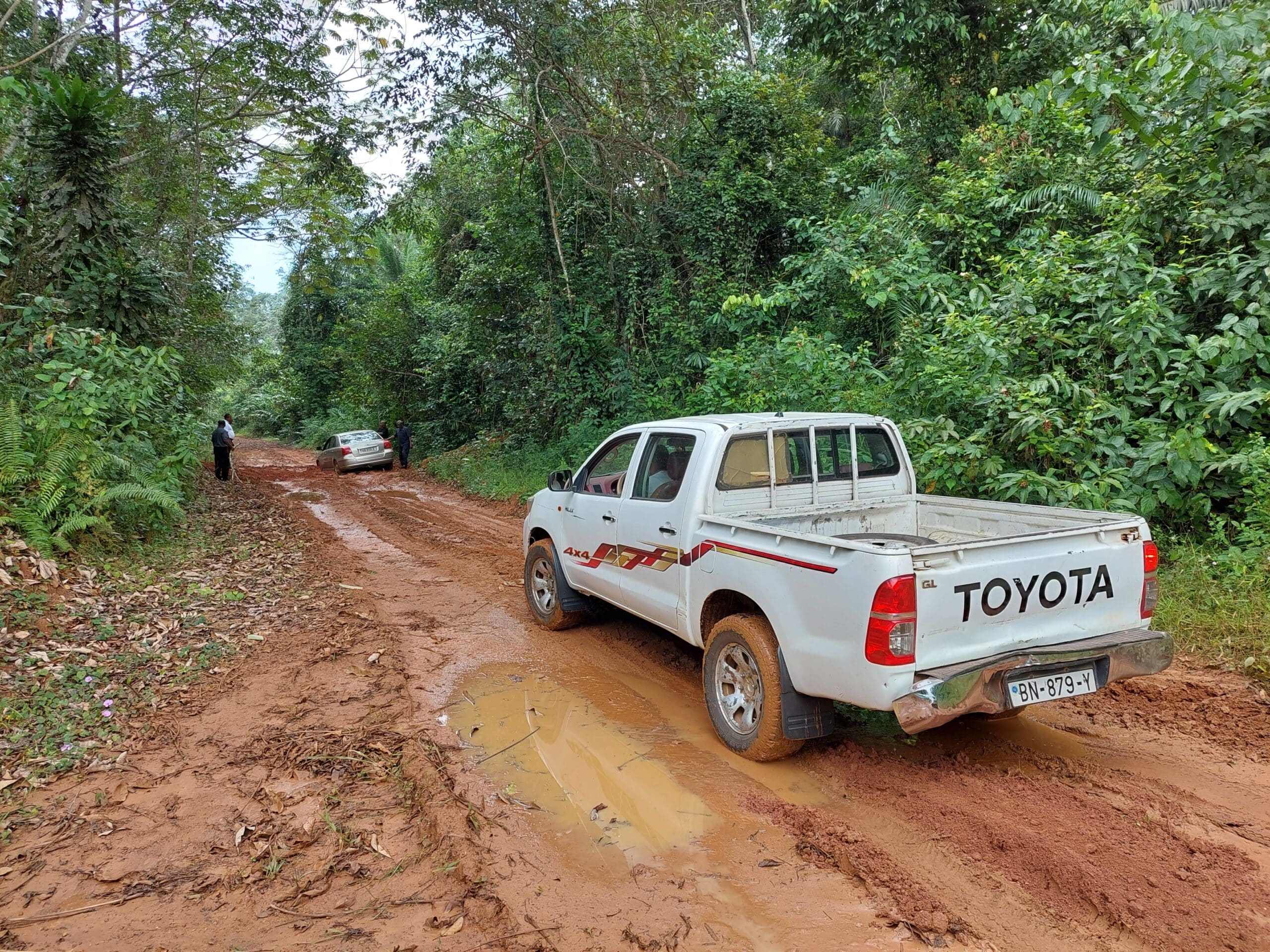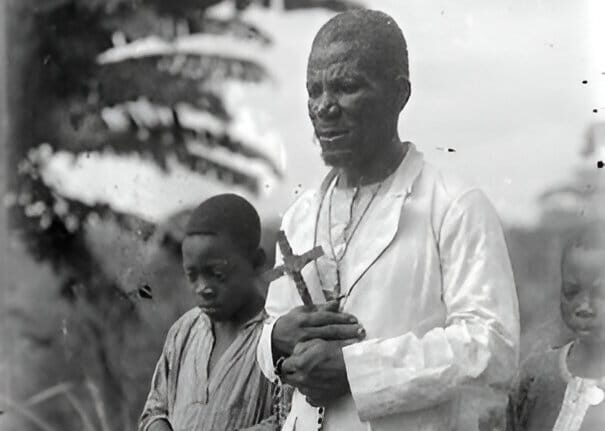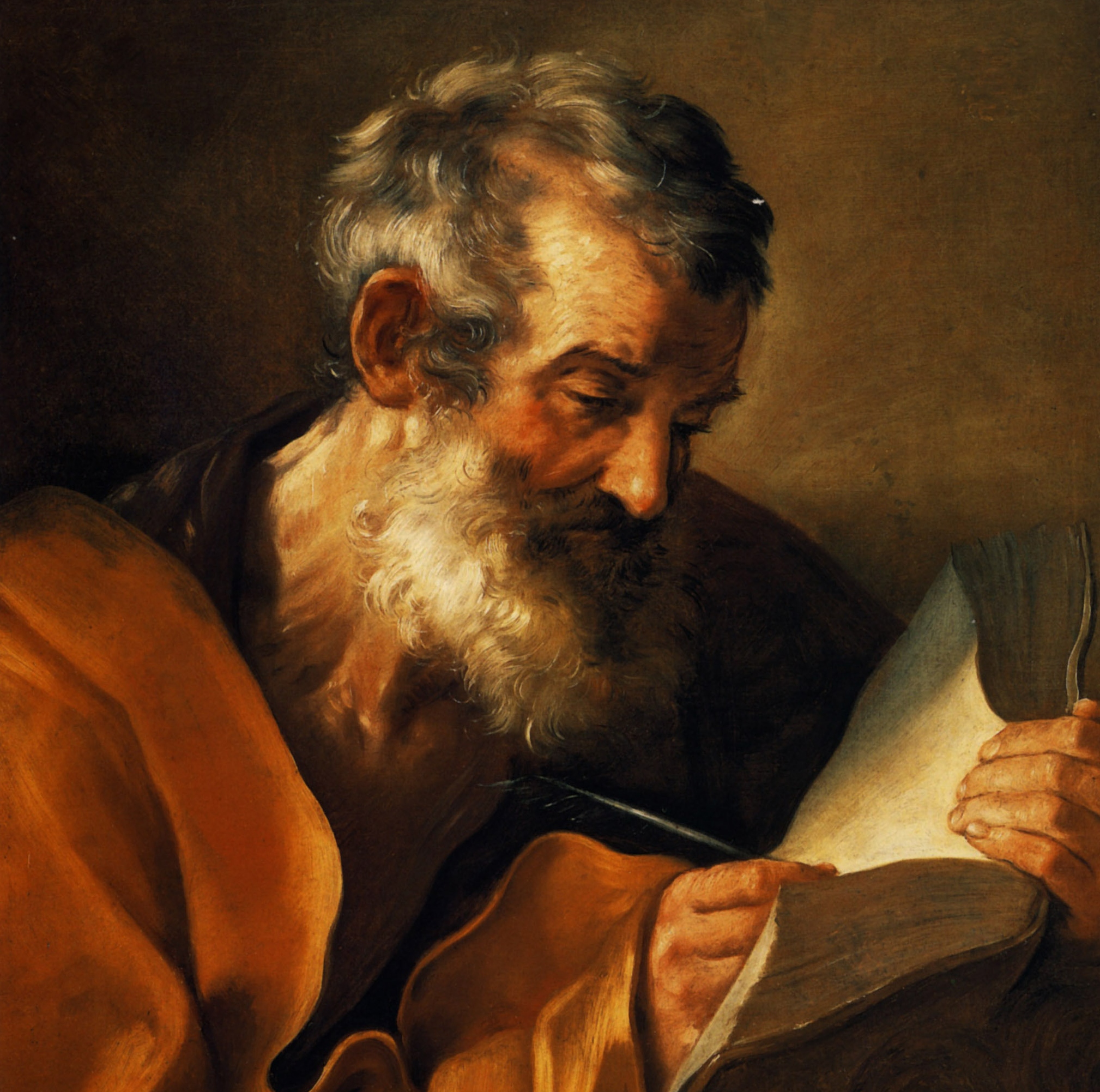Located on the west coast of Africa, Equatorial Guinea became independent from Spain in 1968. It then went through an 11-year period of communist dictatorship, during which the Catholic Church was persecuted, public worship was forbidden, and churches were converted into cocoa and coffee warehouses. It was the lay catechists who undertook the task of evangelisation at this time.

During a visit to the international headquarters of Catholic charity Aid to the Church in Need (ACN), the Bishop of Ebibeyin, Miguel Angel Nguema Bee, recalled these times of persecution. “I remember when I was small, in the 70s, my grandmother and my mother would take us to work on a farm on Sundays. They’d make us grab our tools and we’d head into the woods, where we would be met by a catechist and celebrate the Word of God. We’d take spiritual communion and spend two hours in discussion, before returning to the community, as if we had been working”. If it had not been for catechists, many Christians would have been unable to keep the fire of their faith alive in those years of cruel dictatorship.
The importance of catechists in Equatorial Guinea goes back to the first evangelisation, and includes the likes of José Si Esono, a young catechist who was born in the village of Ebansok and was martyred in the thirties.
José Si Esono had never heard of Christ. But one day he went to the coastal city of Bata, as he often did, to sell his coffee. “Amidst the bustle of the market, a Claretian missionary came up to him, spoke and taught him to pray the rosary. José noticed that after reciting this prayer with the priest, that the things he had come to do in the city turned out to be easier than usual”, Bishop Miguel Angel explains. When he returned to his community, José decided he would teach everyone to pray the rosary. The people asked him: “What does it mean to pray?” They wanted to know more about the rosary, which was a novelty for them. He answered that there was a white man in Bata who had taught him and that he would invite him to come to them. When he next returned to Bata to sell his coffee, he sought out the missionary and, when he found him, said: “My people already pray the rosary, but now I want you to come and explain to us who this Mary is, who we are praying to.”
100 years of evangelisation
That is how the Claretians arrived in Ebansok. “There weren’t even any roads!”, the bishop exclaims. “It was a dangerous 125 km trek through the bush”, he explains. Amongst other things, travelling to and from Bata was made dangerous by the fact that there were many tensions between different ethnic groups and the trip involved crossing the territory of hostile peoples.
“This catechist managed to get his entire community to embrace the Gospel”, Bishop Miguel Angel continues. “What is more, he also got them to accept white people. Whites were considered hostile, colonists who mistreated and oppressed, but he managed to get the people not to attack the Claretians, by interceding on their behalf. And that is how the first mission in the Diocese of Ebibeyin began. In 2024, we are celebrating the 100th anniversary of the arrival of the Gospel into my diocese.”
José Si Esono is remembered as wearing a wooden cross around his neck, which seems to foretell his future martyrdom. Years after he began the mission, Esono started to explain that the people should not keep praying to their amulets and praying to Jesus at the same time. He asked those who still wore their amulets to bring them to him, to burn. The chief of the village became angry and refused. At this point he stopped seeing him as a catechist who had taught them to pray, but rather as someone who “wanted to erase the beliefs their ancestors had passed down to them”, the bishop explains. They accused him of witchcraft and burned him alive.
His martyrdom left a witness of unshakeable faith. “We want to open a beatification process for José Si Esono”, Bishop Miguel Ángel says, concluding that “he was a remarkable example of great faith, thanks to whom evangelisation managed to penetrate to these areas”.
The importance of training catechists today

Catechists continue to be very important in the country. “Catechists are not simply people who spread the faith and prepare the faithful for the sacraments. They also play leadership roles in the communities. Without them, there would be no faith”, Bishop Miguel Angel explains.
“In my diocese we only have 46 priests, and it is difficult to serve the more than 347 chapels we have. Which is why the catechists continue to celebrate the Liturgy of the Word and run the community prayer services during the week. He adds that “in Guinea the work of the catechists is valued enormously. They do this job fulltime, as volunteers. They find it important to dedicate a large portion of their lives to God.” Around 380 catechists in the Diocese of Ebibeyin receive nine months of special training, and constant accompaniment, to carry out their work.
Aid to the Church in Need (ACN) supports pastoral work in Equatorial Guinea, helping to sustain priests with mass offerings, supporting the construction and renovation of churches and parish houses, providing vehicles for pastoral services, and covering the costs of international courses for seminary formators.










